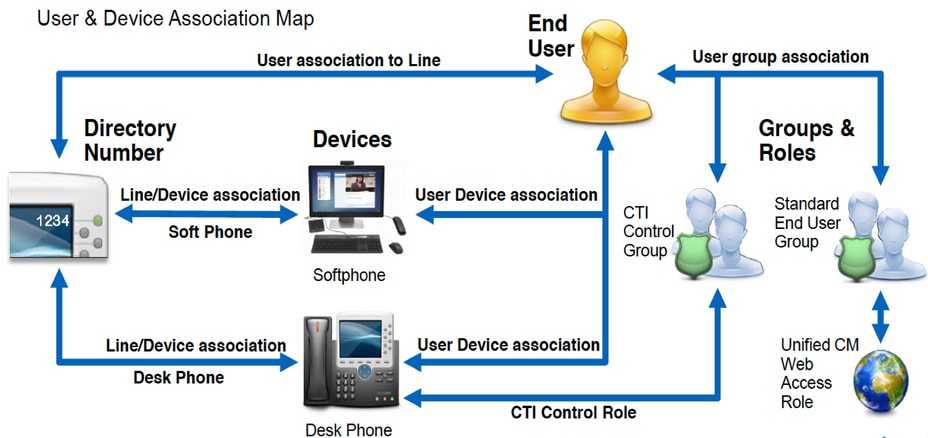

Native medical device integration – VSee allows you to directly connect with many medical devices (ultrasound, otoscope, dermascope, etc.) while Jabber video requires expensive and complex modifications to display medical device images.The National Institute of Health (NIH) published a report proving that VSee was capable of working over 3G networks in rural America while Cisco was not. Ultra low-bandwidth – VSee requires less than 1/2 the bandwidth of Jabber at the same video quality, which means you can use VSee over regular consumer networks like 3G, 4G, or Wifi and get a much higher video quality from VSee.Jabber video requires many servers, making it a lot more expensive to operate and requiring IT to set up and maintain. No complex backend setup and infrastructure investment – VSee is completely software-based and does not require any servers (video routers, MCUs).Able to cross firewalls – VSee can cross firewalls, while Jabber client requires opening ports on firewalls.
#Cisco jabber video for telepresence administrator guide software
VSee simple, secure video conference and screen share is HIPAA-compliant software that’s just what medical video chat needs to be: What telehealth needs is a product that’s simple like Skype but fits the medical workflow.

The telemedicine gold rush is on and health providers need a consumer-friendly alternative to Cisco Telepresence and other traditional room-based video conferencing systems. Why go with Cisco Jabber when VSee telehealth is a better-fit telemedicine solution in so many ways. Cisco alternative 6 Ways VSee Beats Cisco Jabber Video for Telemedicine


 0 kommentar(er)
0 kommentar(er)
